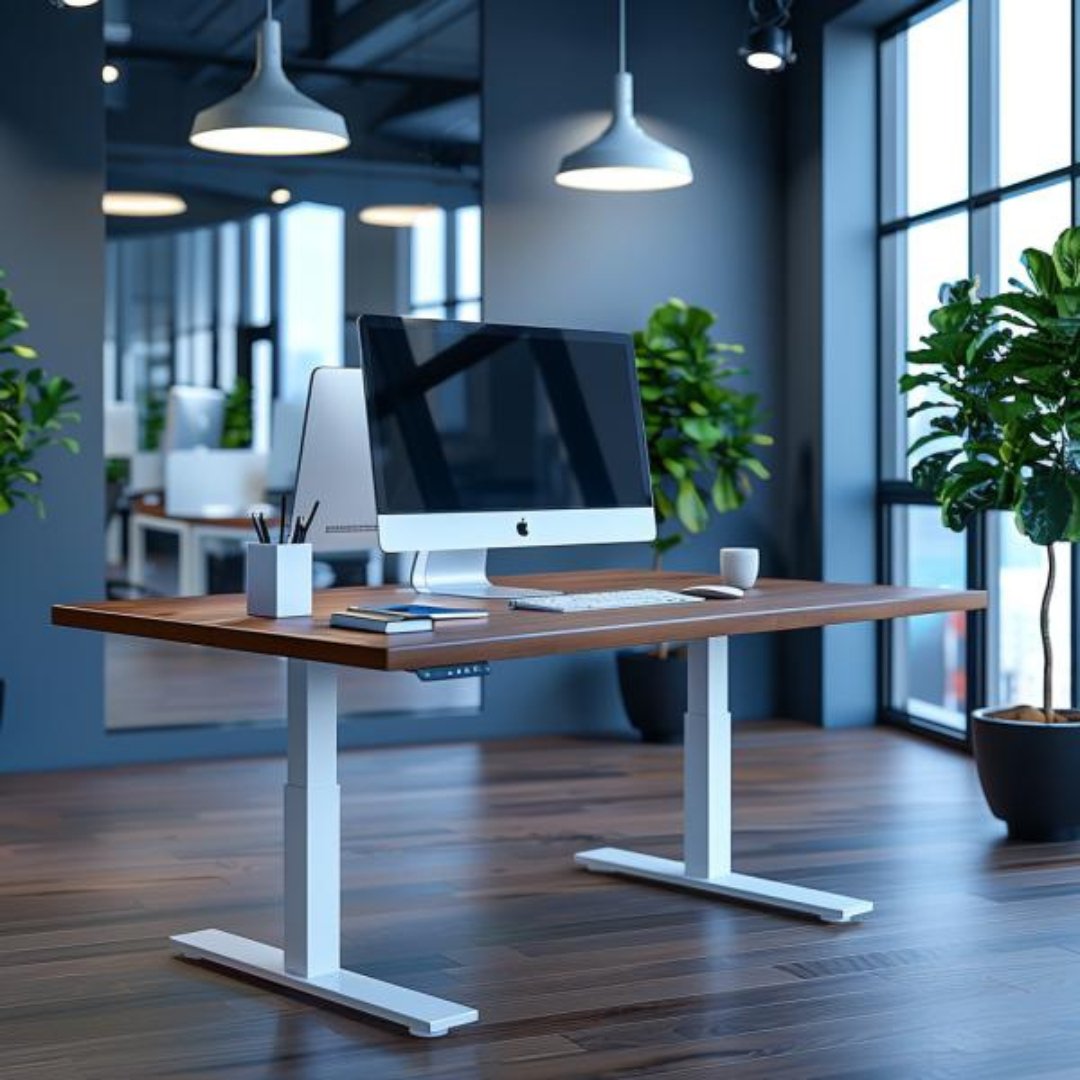
Do Sit-Stand Desks Enhance Productivity?
Sit-stand desks have become increasingly popular recently as a practical choice for improving productivity and well-being in the workplace. These desks enable users to alternate between sitting and standing throughout the day, promoting movement and decreasing extended periods of sitting. This sedentary behavior is linked to various health issues. But do sit-stand desks really enhance productivity? Let's explore their pros and cons to understand better.
Health Benefits of Sit Stand Desks
Reduced Sedentary Behavior
Height adjustable desks are effective in reducing sedentary behavior, which is linked to higher risks of cardiovascular disease, obesity, and musculoskeletal disorders. By allowing users to alternate between sitting and standing, these desks encourage movement and help mitigate these health risks.
Improved Posture
Alternating between sitting and standing can enhance posture. Prolonged sitting can strain the spine and lead to back pain, whereas standing intermittently can alleviate stress on the back and improve posture.
Increased Energy and Alertness
Users often experience higher levels of energy and alertness when they have the option to stand while working. This can contribute to better focus and productivity throughout the day.
Productivity Considerations
Variable Jobs and Productivity
The impact of sit-stand desks on productivity varies based on job type. Tasks requiring intense focus or fine motor skills may be more effectively performed while seated. In contrast, jobs involving teamwork or brainstorming may benefit from the flexibility of standing.
Adjustment Period
Transitioning to a sit-stand desk requires an adjustment period. Users may initially feel tired or uncomfortable as their bodies adapt to the new setup. Employers can assist by providing ergonomic assessments and guidance on proper desk usage.
Personal Preference
Productivity can vary based on personal choices. Some individuals find standing enhances their workflow, while others prefer sitting for certain tasks. Having the flexibility to choose between standing and sitting desks allows employees to find their optimal working conditions.
Conclusion
Sit-stand desks offer a way to stay active and reduce health risks linked to sitting for long periods. Productivity changes vary, but the health benefits make them crucial for today's workplaces. Employers should provide sit-stand desk options and ergonomic support to promote healthier, more productive work habits.
Sit-stand desks can improve productivity by enhancing users' overall well-being and allowing them to choose their preferred working positions. As companies increasingly value employee health and performance, these desks are seen as a valuable investment.
